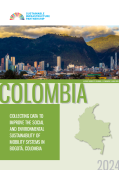
The case study details the innovative approaches taken by Bogotá, Colombia, to address the challenges of urbanization, congestion, and pollution through data-driven strategies for sustainable infrastructure.

The case study details how the Rural Renewable Energy Project in Sierra Leone significantly improved energy access and empowered communities, particularly women, through sustainable infrastructure development in rural areas.
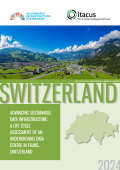
The case study details the innovative approach of using Underground Data Centres (UDCs) as a sustainable alternative to traditional aboveground data centres.
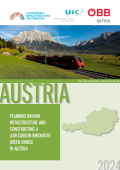
The case study details Austria's innovative approach to addressing the environmental challenges posed by large-scale railway infrastructure projects, particularly through the construction of a green bridge on the Koralmbahn railway line.
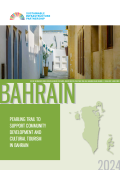
The case study details a project in Bahrain, where cultural heritage preservation was combined with economic diversification to boost tourism, create jobs, and foster community development through sustainable urban regeneration.
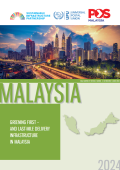
The case study focuses on Malaysia’s strategic efforts to integrate sustainable practices into its logistics and e-commerce infrastructure, highlighting the operations of Pos Malaysia, the country’s leading parcel service provider.

The case study details France's commitment to integrating circular economy practices into its logistics and postal sectors as part of its broader sustainability goals.
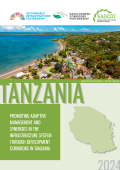
The case study examines the Southern Agricultural Growth Corridor of Tanzania (SAGCOT), a public-private partnership programme initiated to boost agricultural productivity, improve food security, reduce poverty, and ensure environmental sustainability in the United Republic of Tanzania.

This report analyses the potential contribution of nature-based infrastructure (NbI) solutions to the Sustainable Development Goals, Paris Agreement and Global Biodiversity Framework.
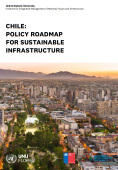
This research titled Chile: Policy Roadmap for Sustainable Infrastructure identifies key barriers for sustainable infrastructure and highlights the importance of cross-sectoral innovations to deliver low-carbon, resource-efficient, and nature-based solutions. The 10 point roadmap also identifies areas of opportunity for sustainable infrastructure.


